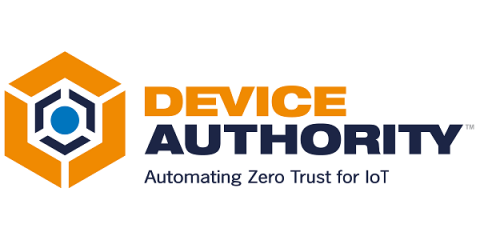Anatomy of an LLM RCE
As large language models (LLMs) become more advanced and are granted additional capabilities by developers, security risks increase dramatically. Manipulated LLMs are no longer just a risk of ethical policy violations; they have become a , potentially aiding in the compromise of the systems they’re integrated into.










